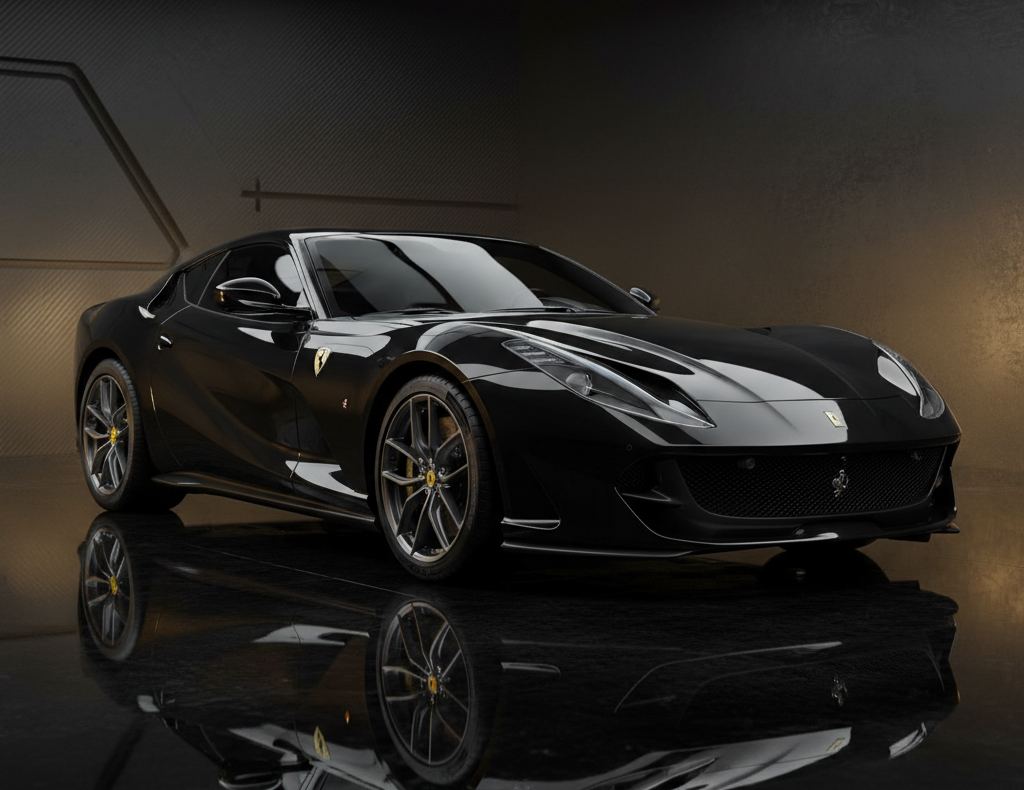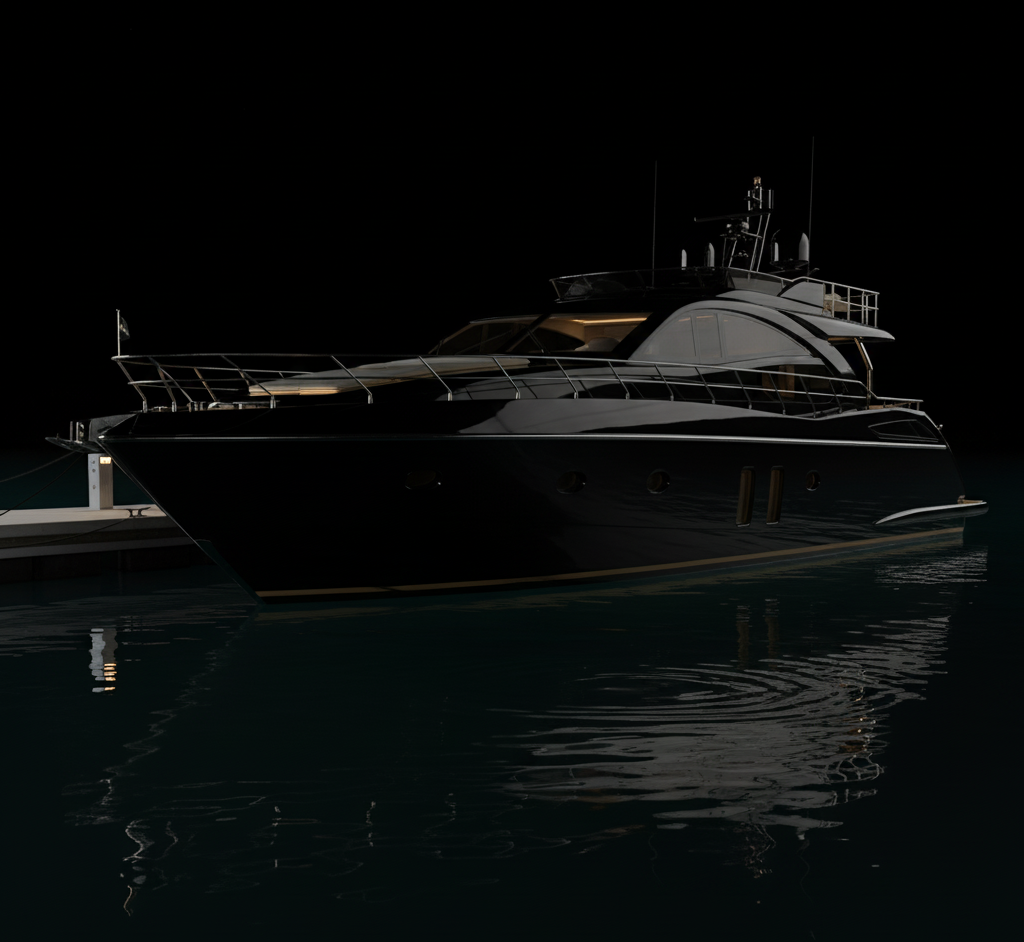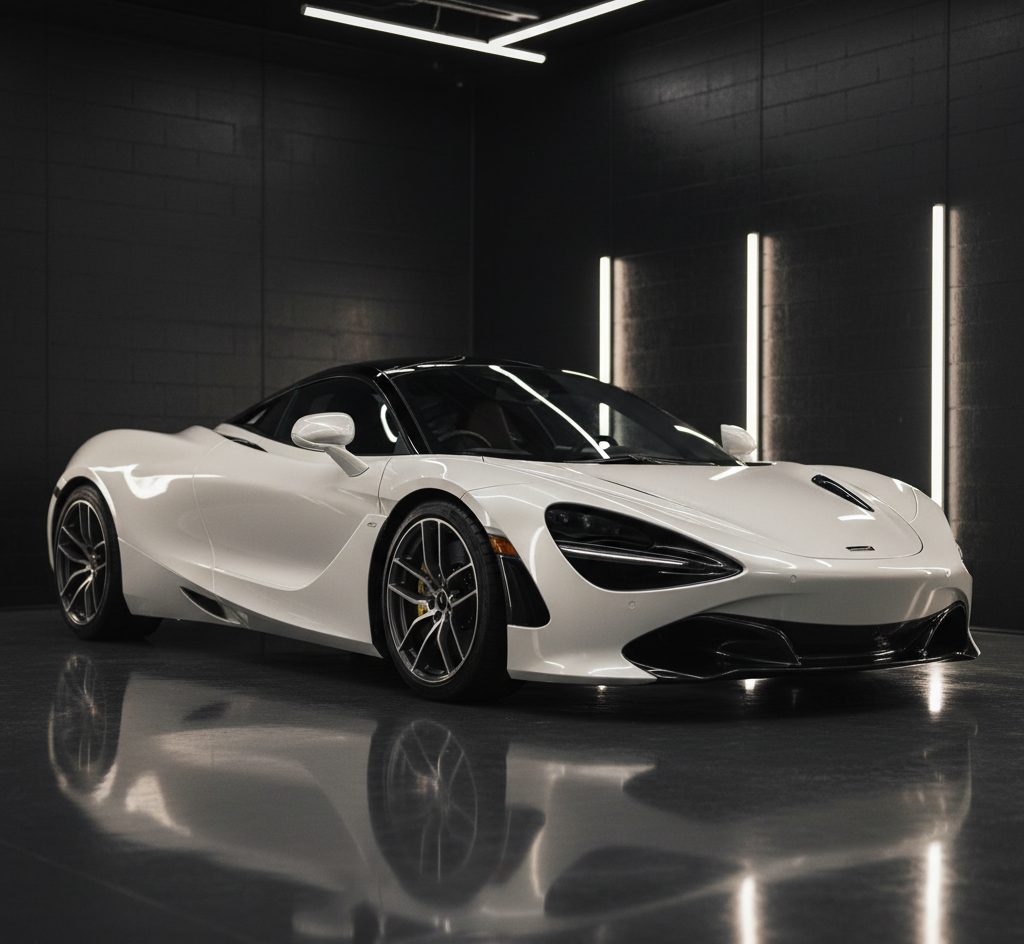
Hear from Our Customers

Your luxury car or yacht represents a significant investment. Our ceramic coating doesn’t just add shine—it creates a molecular barrier that keeps your asset looking showroom-fresh for years.
Water beads off like mercury. Salt spray can’t penetrate. UV rays get deflected before they can fade your paint or gelcoat. You spend less time worrying about damage and more time enjoying what you’ve worked hard to own.
The result? Your vehicle maintains its value while requiring dramatically less maintenance. No more frequent waxing. No more stress about parking near the water or leaving your boat exposed to the elements.
At Legacy Motors and Marine, we understand what it means to own something exceptional. We’ve built our reputation serving collectors, enthusiasts, and owners throughout Peconic and the greater Hamptons area who refuse to compromise on quality.
Our facility in Port Jefferson Station was designed specifically for high-value assets. Climate-controlled environments, professional-grade application techniques, and the kind of attention to detail that matches the caliber of vehicles we protect.
We’re not the cheapest option in the area—and that’s intentional. You’re investing in protection that actually works, applied by people who understand the difference between a weekend hobby and a serious asset.

Every ceramic coating job starts with thorough surface preparation. We inspect your vehicle’s paint or gelcoat, correct any imperfections, and ensure the surface is completely clean and ready for coating application.
The coating itself goes on in controlled conditions. Our climate-controlled facility eliminates dust, humidity, and temperature fluctuations that can compromise the bond. We apply the coating by hand, ensuring complete coverage and proper curing.
After application, the coating needs time to cure and cross-link with your vehicle’s surface. This creates the molecular bond that provides long-term protection. We’ll walk you through proper care during the curing period and beyond, so you get maximum life from your investment.

Ready to get started?
Living near Peconic Bay means your vehicles face unique challenges. Salt air, intense summer sun, and moisture create the perfect storm for paint and gelcoat damage. Our graphene-enhanced ceramic coatings are specifically formulated to handle these coastal conditions.
The graphene infusion provides superior heat dissipation, which means less water spotting and better performance in direct sunlight. The coating’s hydrophobic properties are enhanced, creating water contact angles that make cleaning effortless.
For marine applications, we use coatings tested specifically for saltwater environments. The protection extends to metal components, preventing corrosion while maintaining the aesthetic appeal that makes your yacht stand out in Sag Harbor or Shelter Island waters.

Professional ceramic coatings typically last 3-5 years on automotive applications and 2-3 years on marine vessels, depending on exposure and maintenance. The coastal environment around Peconic Bay is particularly demanding due to salt air and intense UV exposure during summer months.
Graphene-enhanced coatings tend to last longer because they handle heat better and resist environmental contamination more effectively. We’ve seen well-maintained coatings on garage-kept luxury cars last up to 7 years, while boats that stay in the water year-round typically need reapplication every 2-3 years.
The key is proper maintenance during the coating’s life. Simple washing with pH-neutral soaps and avoiding abrasive cleaning methods will maximize your coating’s lifespan and performance.
Graphene coating is essentially ceramic coating enhanced with graphene particles. Traditional ceramic coatings use silica dioxide (SiO2) as their primary protective ingredient. Graphene coatings add this revolutionary carbon-based material to improve performance.
The practical differences are significant. Graphene coatings dissipate heat better, which reduces water spotting—a common problem in our sunny coastal climate. They also provide better scratch resistance and maintain their hydrophobic properties longer than traditional ceramic coatings.
For luxury vehicle owners, graphene coating offers superior gloss enhancement and depth of color. The coating tends to be more forgiving during application and less likely to show imperfections, which translates to better results and longer-lasting protection.
Marine-grade ceramic coatings provide excellent protection against salt water, but they’re not magic. The coating creates a barrier that prevents salt from directly contacting your gelcoat or paint, significantly reducing corrosion and staining.
For boats that stay in Peconic Bay or venture into Long Island Sound, ceramic coating dramatically reduces the frequency of hull cleaning and helps prevent the chalky oxidation that destroys gelcoat appearance. Metal components like cleats, railings, and hardware also benefit from coating protection.
However, ceramic coating works best as part of a comprehensive maintenance program. Regular freshwater rinsing and proper winterization remain important, but the coating makes these tasks more effective and extends the time between major detailing work.
Absolutely, especially for high-value vehicles stored in the Hamptons area. Seasonal storage presents unique challenges—humidity during summer months, temperature fluctuations, and potential condensation issues that can damage paint over time.
Ceramic coating provides protection even when your car is sitting still. It prevents moisture from penetrating the paint surface and makes it much easier to clean off dust, pollen, or other contaminants when you bring the car out of storage.
For collectors with multiple vehicles, ceramic coating is often more cost-effective than frequent professional detailing. The coating reduces maintenance requirements and helps preserve the investment value of exotic or vintage vehicles that appreciate over time.
Proper maintenance is surprisingly simple but critical for coating longevity. Use only pH-neutral car wash soaps—never dish soap or household cleaners that can break down the coating’s hydrophobic properties.
Wash using the two-bucket method with clean microfiber mitts. Avoid automatic car washes with brushes, which can scratch the coating surface. For boats, rinse with fresh water after each saltwater use, even if you don’t do a full wash.
Monthly inspection helps catch any issues early. Look for areas where water isn’t beading properly, which might indicate coating degradation or contamination. Most coating issues can be resolved with proper cleaning techniques or occasional professional maintenance rather than complete reapplication.
Surface preparation is critical for coating success and typically represents 70% of the total work involved. We start with thorough decontamination to remove embedded dirt, tar, and other contaminants that regular washing can’t eliminate.
Paint correction follows if needed. This involves removing swirl marks, light scratches, and oxidation to create a perfect surface for coating adhesion. On marine vessels, we often need to address gelcoat oxidation or staining before coating application.
The final step is ensuring the surface is completely clean and dry in controlled conditions. Any remaining residue, moisture, or contamination will prevent proper coating adhesion and compromise long-term performance. This is why professional application in a controlled environment produces superior results compared to DIY attempts.
Other Services we provide in Peconic